The Szechuan Peppercorn Plant: A Spicy Adventure in Every Leaf!
Table of Contents
- Introduction: The Tingling Wonder of the East
- Botanical Breakdown: What Exactly Is the Szechuan Peppercorn Plant?
- Culinary Magic: How This Plant Ignites Flavor Across the Globe
- How to Grow Your Own Szechuan Peppercorn Plant at Home
- Buying Guide: Choosing the Best Szechuan Peppercorns and Plants
- Comparison Table: Szechuan Peppercorn vs. Other Spice Plants
- Spice Pairings: Combining Szechuan Peppercorn with Global Flavors
- Common Myths and Misconceptions About the Szechuan Peppercorn Plant
- Fun Facts: Did You Know These Things About Szechuan Peppercorn?
- Conclusion: Embrace the Tingle, Celebrate the Spice
Introduction: The Tingling Wonder of the East
If you've ever taken a bite of Szechuan hot pot or tried sichuan pepper chicken, then you’ve already met the star of this article: the szechuan peppercorn plant. But here’s the twist — it’s not actually a pepper! That tingling, buzzing numbness on your tongue isn’t capsaicin; it’s the work of a compound called hydroxy-alpha-sanshool.

Native to China and used for centuries in its cuisine, this aromatic shrub has become a global obsession among foodies, chefs, and spice hunters alike. Whether you’re growing one in your garden or just curious about that unique tingle, we’re diving deep into everything there is to know about the szechuan peppercorn plant.
Botanical Breakdown: What Exactly Is the Szechuan Peppercorn Plant?
Scientific name? Zanthoxylum simulans, sometimes confused with its cousin Zanthoxylum bungeanum. Both are known as Chinese prickly ash, but they have subtle differences in flavor, growth habits, and appearance.
| Feature | Szechuan Peppercorn Plant (Z. simulans) | Huajiao / Chinese Pepper (Z. bungeanum) |
|---|---|---|
| Flavor Profile | More intense, sharp, citrusy, and highly numbing | Milder, floral, slightly woody |
| Pod Appearance | Smaller, reddish-brown, wrinkled pods | Larger, smooth red pods |
| Climate Preference | Cooler climates, drought-tolerant | Warm, humid environments |
| Leaf Shape | Narrower, lanceolate leaves | Broad, oval-shaped leaves |
The szechuan peppercorn plant is deciduous, grows up to 5–7 meters tall, and produces clusters of tiny yellow-green flowers followed by the prized seed pods. These pods split open when mature, revealing the black seeds inside — which aren’t typically eaten.
Culinary Magic: How This Plant Ignites Flavor Across the Globe
In Chinese cuisine, the szechuan peppercorn plant's dried berries (yes, technically they're fruits) are toasted and ground to create a spice that dances on the tongue. It’s the key ingredient in dishes like Mapo Tofu and Chongqing Hot Pot.
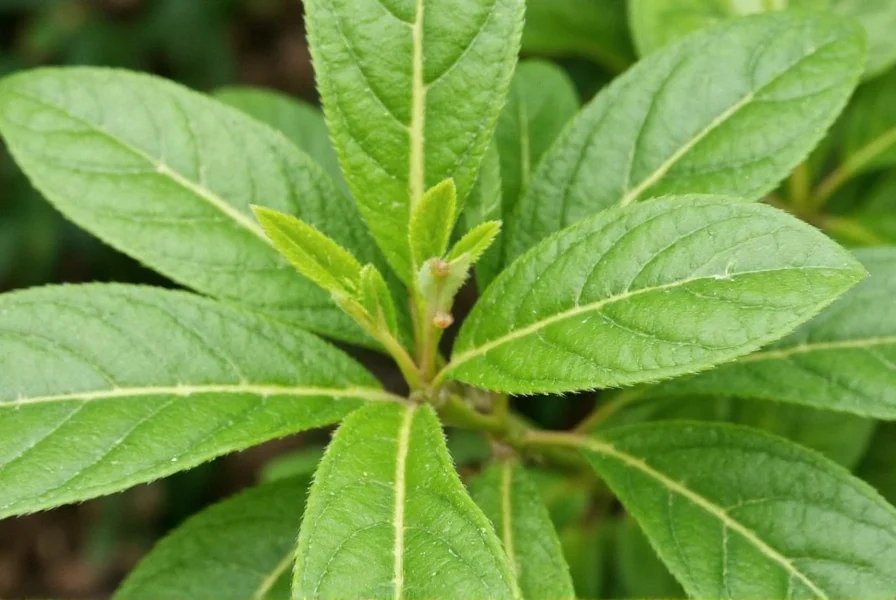
- Taste Experience: Numbness, citrus notes, woodsy undertones, and a lingering warmth.
- Pairing Tips: Marinate meats with sichuan pepper oil before grilling. Combine with chili, garlic, soy sauce, and scallions for maximum flavor.
- Global Influence: In Peru, chefs use it in ceviche. In Italy, some gourmet pasta sauces sneak it in for a tingling finish.
How to Grow Your Own Szechuan Peppercorn Plant at Home
Ready to take your spice game beyond the kitchen cabinet? Growing your own szechuan peppercorn plant can be surprisingly rewarding — if you get the conditions right.
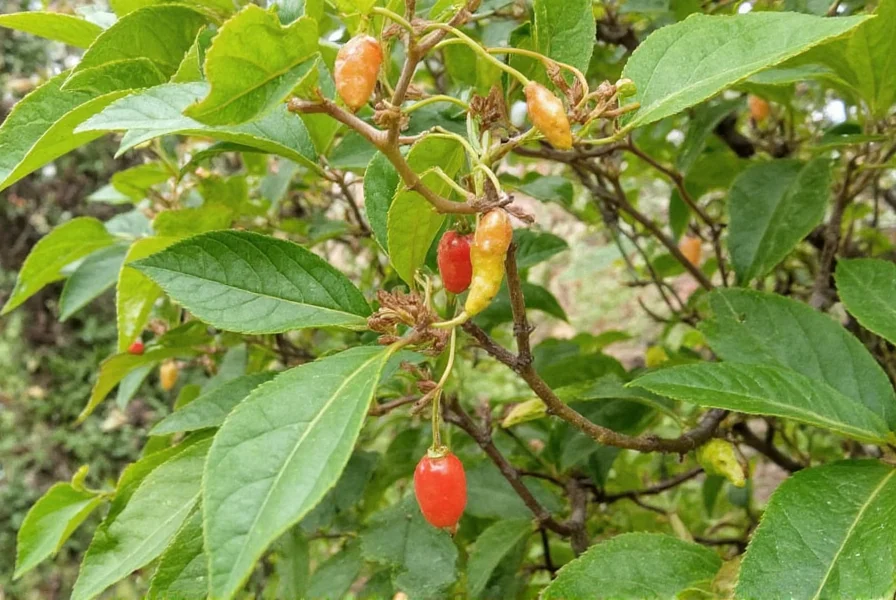
Growing Conditions Summary
- Hardiness Zone: USDA Zones 6–9 (tolerates light frost)
- Sunlight: Full sun to partial shade
- Soil: Well-draining, slightly alkaline to neutral pH
- Watering: Once established, drought-tolerant
- Fertilizing: Organic compost once a year in spring
Step-by-Step Growing Guide
- Choose a Sunny Spot: Pick a place where the plant gets at least 6 hours of direct sunlight.
- Prepare Soil: Mix in compost or aged manure to enrich nutrients.
- Planting Time: Spring is best after the last frost.
- Spacing: Keep 8–10 feet apart if planting multiple bushes.
- Pruning: Trim dead or crossing branches in late winter to promote airflow.
Buying Guide: Choosing the Best Szechuan Peppercorns and Plants
Whether you’re shopping for dried peppercorns or live plants, knowing what to look for makes all the difference.
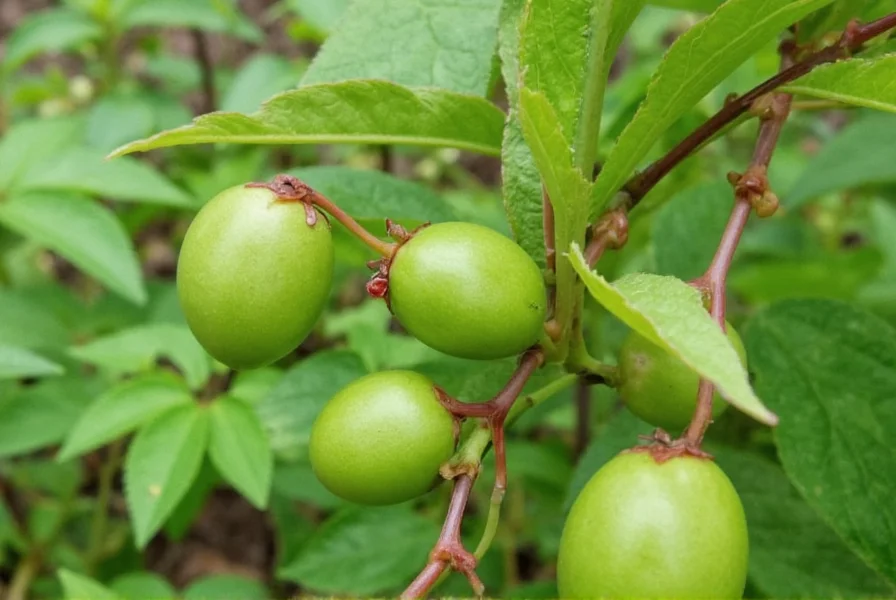
For Dried Peppercorns
- Color: Look for vibrant red pods. Avoid faded or brownish ones — they’ve lost potency.
- Texture: Pods should be slightly crunchy, not soft or powdery.
- Aroma: Should smell fresh, bright, and slightly lemony with a hint of pine.
- Packaging: Choose vacuum-sealed bags or airtight containers to preserve freshness.
For Live Plants
- Root Health: Check for healthy white roots — avoid those with root rot signs.
- Leaves: Glossy green leaves without spots or yellowing edges.
- Size: Opt for 1–2-year-old saplings for faster establishment.
- Reputation: Buy from nurseries specializing in rare spices or Asian plants.
Comparison Table: Szechuan Peppercorn vs. Other Spice Plants
| Spice Plant | Flavor Type | Heat Level | Use Case | Best For |
|---|---|---|---|---|
| Szechuan Peppercorn | Numbing + Citrusy | No heat (non-Capsaicin) | Dry rubs, oils, pickles | Flavor enthusiasts, adventurous cooks |
| Black Pepper | Earthy, woody | Low to moderate | All-purpose seasoning | Daily cooking, sauces |
| Chili Plant | Spicy, fruity | High (Capsaicin-based) | Salsas, curries, chutneys | Heat lovers, street food fans |
| Cubeb Pepper | Smoky, peppery | Moderate | Curries, Indonesian dishes | Historical cuisine, gin distillers |
Spice Pairings: Combining Szechuan Peppercorn with Global Flavors
One of the joys of working with the szechuan peppercorn plant is how well it plays with other flavors. Here are some winning combinations:
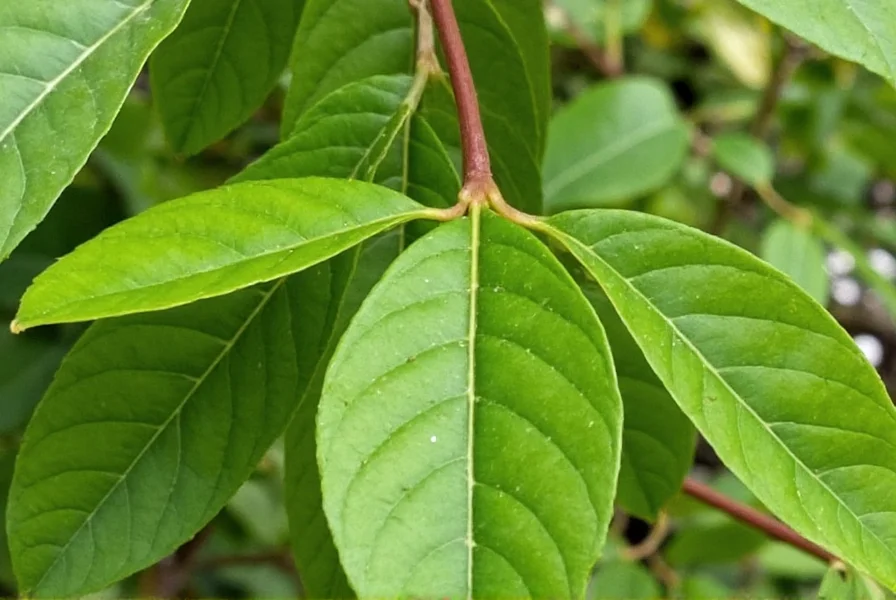
- Szechuan + Garlic + Soy Sauce: Classic trio for stir-fries, dumplings, and braised meats.
- Szechuan + Lime Zest: Adds a zesty brightness to cocktails and seafood marinades.
- Szechuan + Star Anise + Cinnamon: Perfect for braises, stews, and fall dishes.
- Szechuan + Smoked Paprika: For BBQ rubs with an unexpected kick.
- Szechuan + Cocoa Powder: Try it in dark chocolate desserts for a tingling surprise!
Common Myths and Misconceptions About the Szechuan Peppercorn Plant
Like any legendary spice, the szechuan peppercorn plant comes with its share of myths. Let’s clear them up!
- Myth #1: It’s related to black pepper.
Reality: Totally unrelated. It belongs to the Rutaceae family (like citrus trees!), while black pepper is in the Piperaceae family. - Myth #2: It’s illegal to bring into the US.
Reality: While live plants were banned due to citrus disease concerns, dried, heat-treated peppercorns are legal and widely sold. - Myth #3: It’s too strong for everyday use.
Reality: When balanced with other flavors, it enhances rather than overwhelms. Start small and experiment!
Fun Facts: Did You Know These Things About Szechuan Peppercorn?
- The tingling sensation lasts about 10–15 minutes per taste session — perfect for a sensory journey with each bite!
- Some neuroscientists study it to understand how touch and taste signals interact in the brain.
- It was once used in traditional Chinese medicine for treating toothaches and digestive issues.
- The plant’s bark and roots were historically used to make herbal teas and poultices.
- In Japan, a close relative called sansho is sprinkled over grilled eel (unagi) for a fragrant pop.
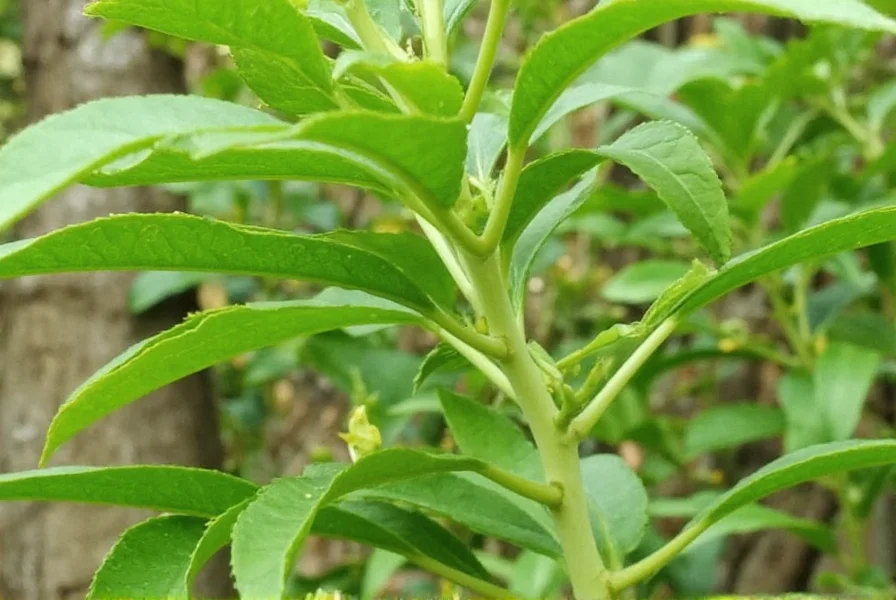
Conclusion: Embrace the Tingle, Celebrate the Spice
From its mysterious chemistry to its global culinary fame, the szechuan peppercorn plant is more than just a spice — it’s an experience. Whether you're growing it, cooking with it, or just curious about its buzz-worthy reputation, there's no denying the magic it brings to the world of flavor.
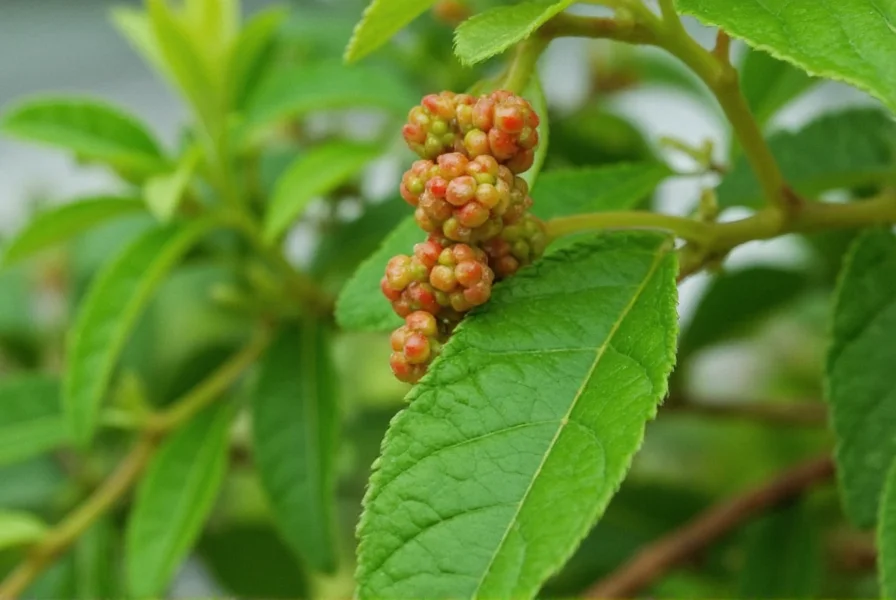
So next time you feel that familiar tingle creeping up on your tongue, smile — you’re tasting history, science, and culture all in one unforgettable bite. Happy spicing!

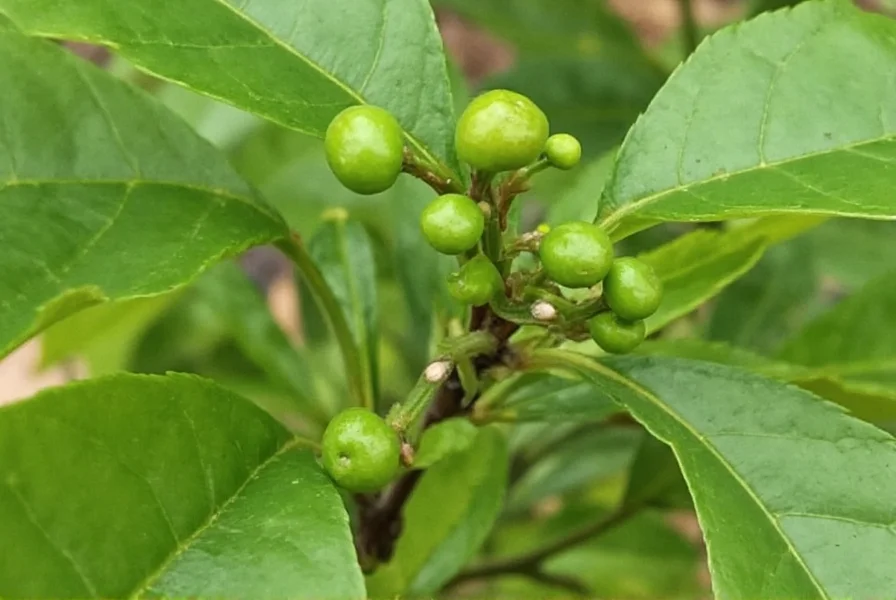









 浙公网安备
33010002000092号
浙公网安备
33010002000092号 浙B2-20120091-4
浙B2-20120091-4